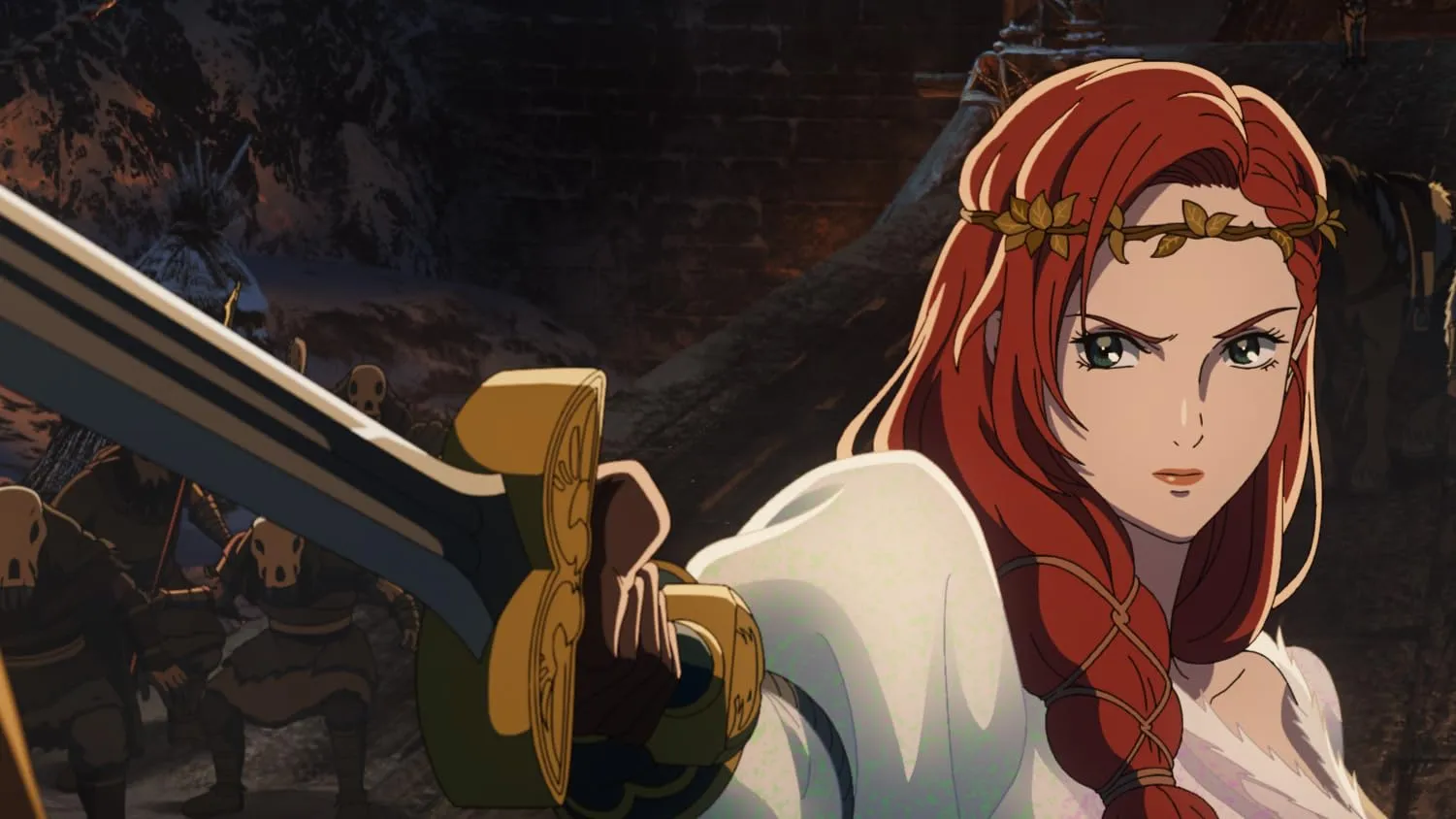The Lord of the Rings: The War of the Rohirrim, the latest cinematic venture into J.R.R. Tolkien’s beloved fantasy realm, arrives with a sense of both anticipation and trepidation. While the prospect of exploring a new chapter in Middle-earth’s rich history is always enticing, the film’s anime-inspired aesthetic and its focus on a relatively obscure footnote in Tolkien’s lore raise questions about its necessity and its ability to capture the essence of the source material.
Unfortunately, The War of the Rohirrim falls short of expectations, delivering a visually underwhelming and narratively uninspired experience that feels more like a cash grab than a genuine attempt to expand the Tolkienverse. While the film boasts moments of visual beauty and features a strong voice cast, it ultimately fails to capture the magic and depth that have made Tolkien’s works so enduring.
The Lord of the Rings: The War of the Rohirrim
One of the most anticipated aspects of The War of the Rohirrim was its unique visual style. The film employs a hand-drawn animation style inspired by Japanese anime, offering a departure from the live-action aesthetic of Peter Jackson’s Lord of the Rings trilogy. While this approach initially promised a fresh perspective on Middle-earth, the execution leaves much to be desired.
The animation itself is competent but lacks the artistry and expressiveness that characterize the best works of anime. The character designs are generic and often lack detail, and the backgrounds, while occasionally striking, often feel static and lifeless. The action sequences, which should be a highlight of the film, are often cluttered and difficult to follow, lacking the dynamism and impact that one would expect from an anime adaptation.
Furthermore, the film’s visual style feels strangely at odds with the tone and atmosphere of Tolkien’s world. The vibrant colors and exaggerated character designs clash with the more grounded and realistic aesthetic of Middle-earth, creating a sense of dissonance that pervades the entire film.
The War of the Rohirrim draws its inspiration from a brief passage in the appendices of The Return of the King, recounting the history of Helm Hammerhand, a legendary king of Rohan. The film expands upon this footnote, weaving a tale of political intrigue, war, and personal sacrifice. However, the narrative feels thin and underdeveloped, lacking the depth and complexity that define Tolkien’s works.
The characters, while voiced by a talented cast, are largely one-dimensional and fail to leave a lasting impression. Helm Hammerhand, voiced by Brian Cox, is a gruff and stubborn ruler who makes a series of poor decisions that lead to disastrous consequences. His daughter, Hèra, voiced by Gaia Wise, is a more compelling character, but her arc feels predictable and derivative of other female warrior archetypes in fantasy fiction.
The film’s plot is also predictable and lacks suspense. The conflict between Rohan and their Dunlending enemies feels contrived and lacks the emotional weight of the battles in The Lord of the Rings. The film’s climax, a siege at Helm’s Deep, is a pale imitation of the epic battle depicted in The Two Towers, lacking the scale and intensity of its predecessor.
The War of the Rohirrim had the potential to be a unique and exciting addition to the Lord of the Rings franchise. The prospect of exploring a new chapter in Middle-earth’s history through the lens of anime was an intriguing one. However, the film’s lackluster animation, uninspired story, and generic characters ultimately make it a disappointing experience.
The film’s failure is particularly frustrating because it highlights the missed opportunities. Anime, with its ability to depict fantastical worlds and epic battles, could have been the perfect medium to bring Tolkien’s vision to life in a new and exciting way. However, The War of the Rohirrim plays it safe, adhering too closely to the conventions of both anime and Tolkien adaptations, resulting in a film that feels derivative and uninspired.





